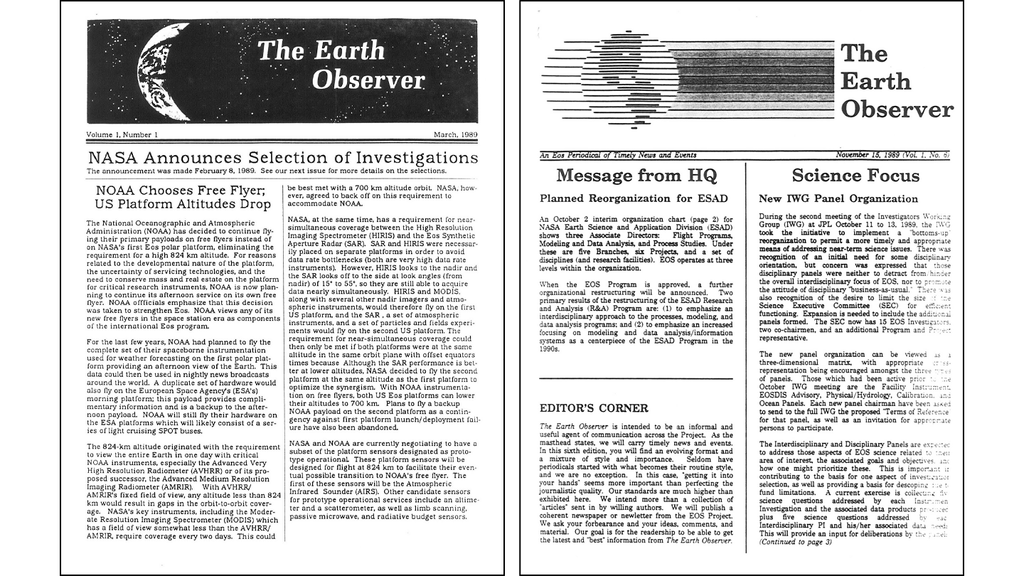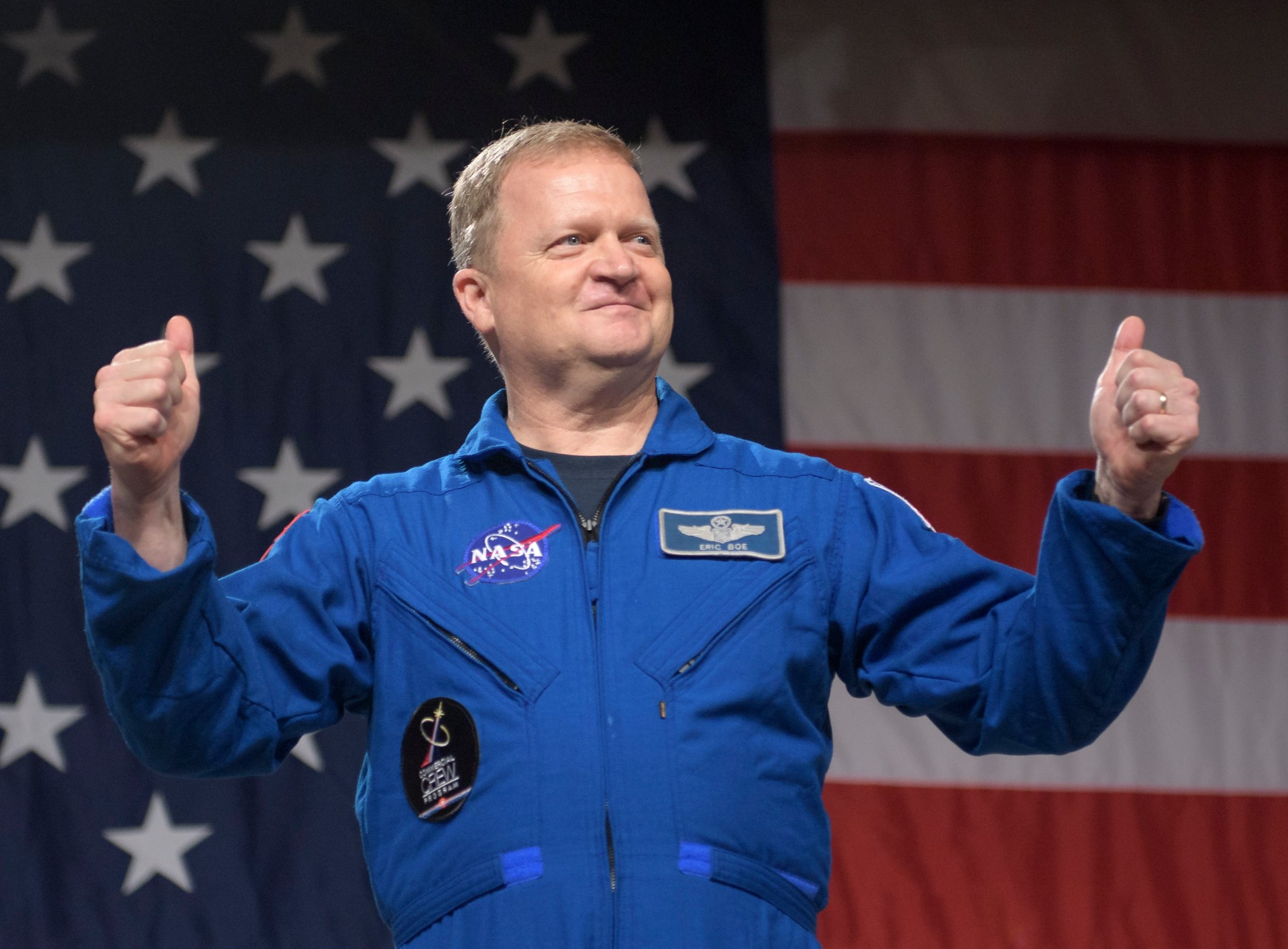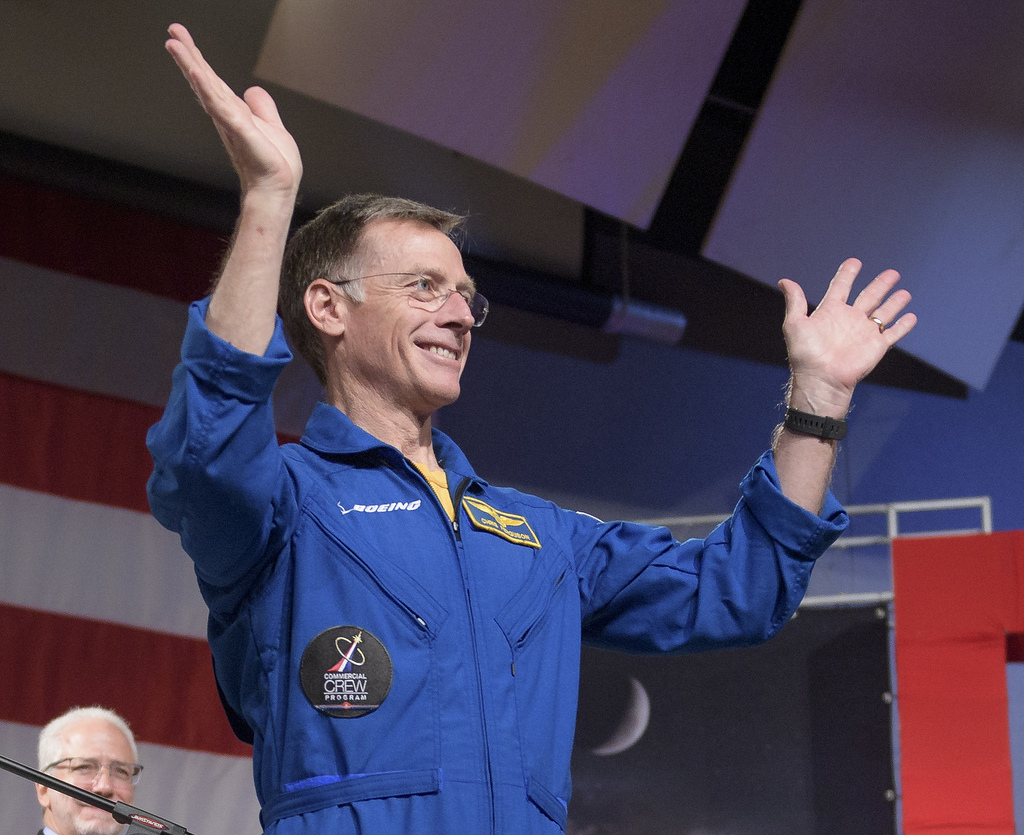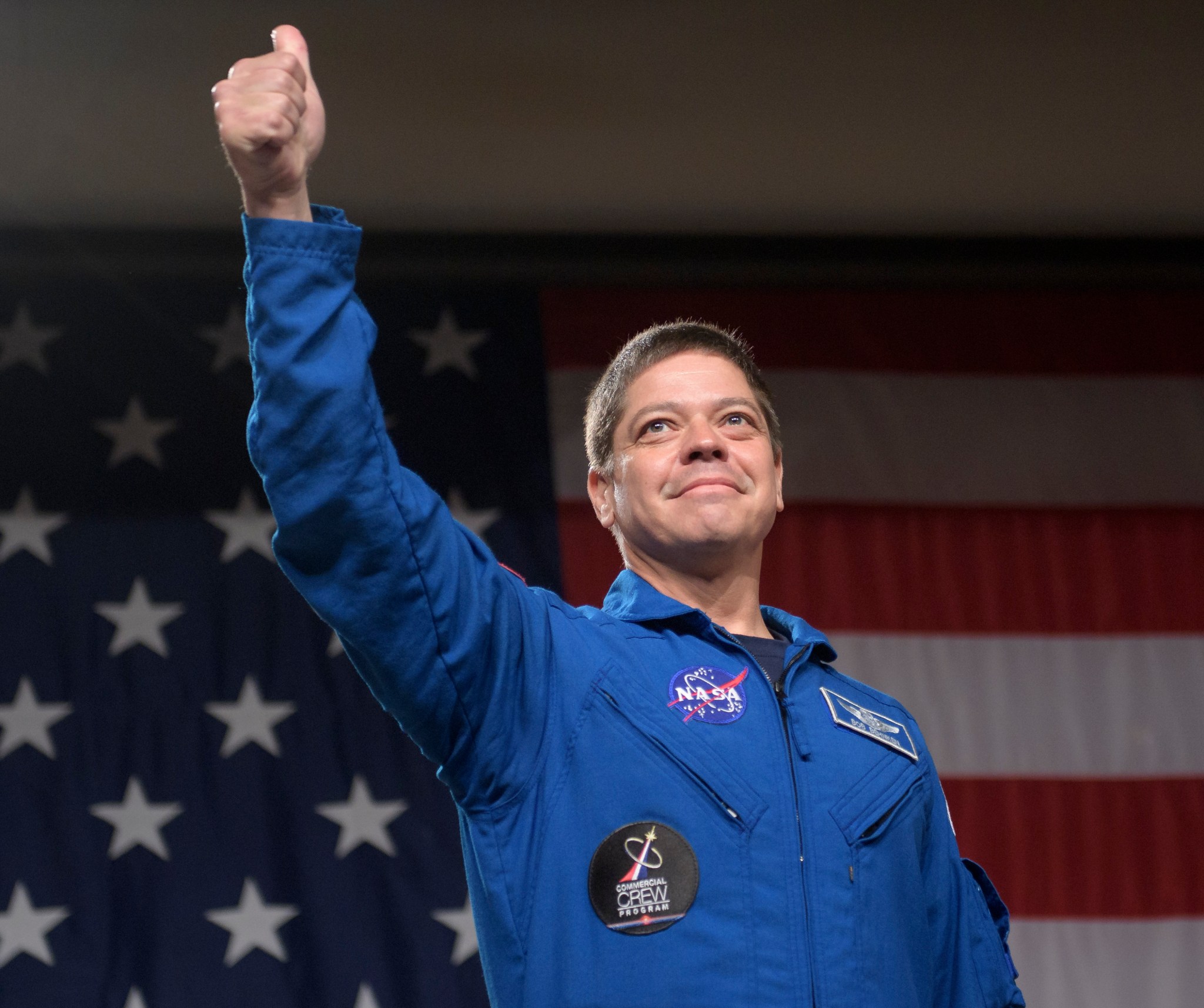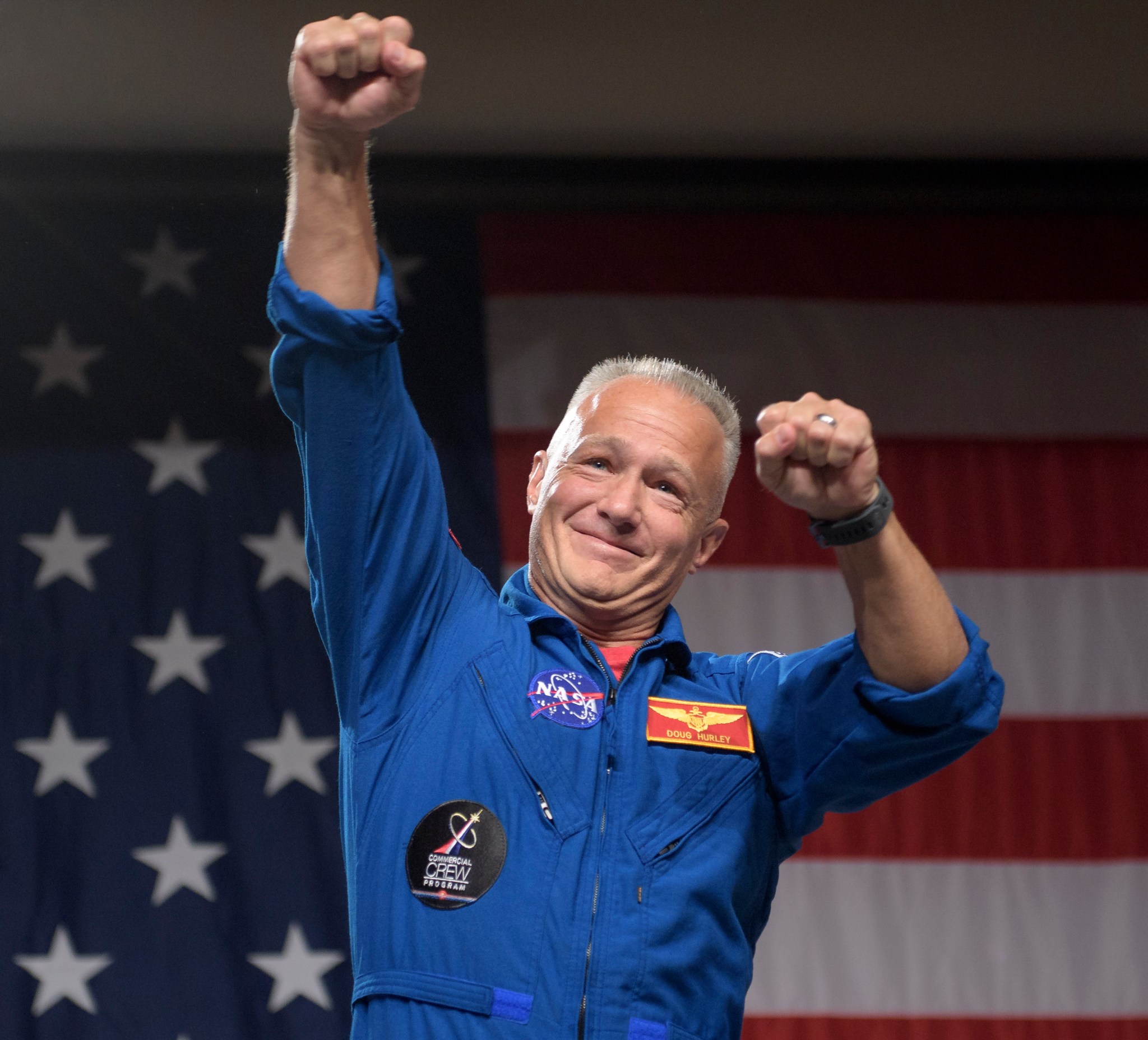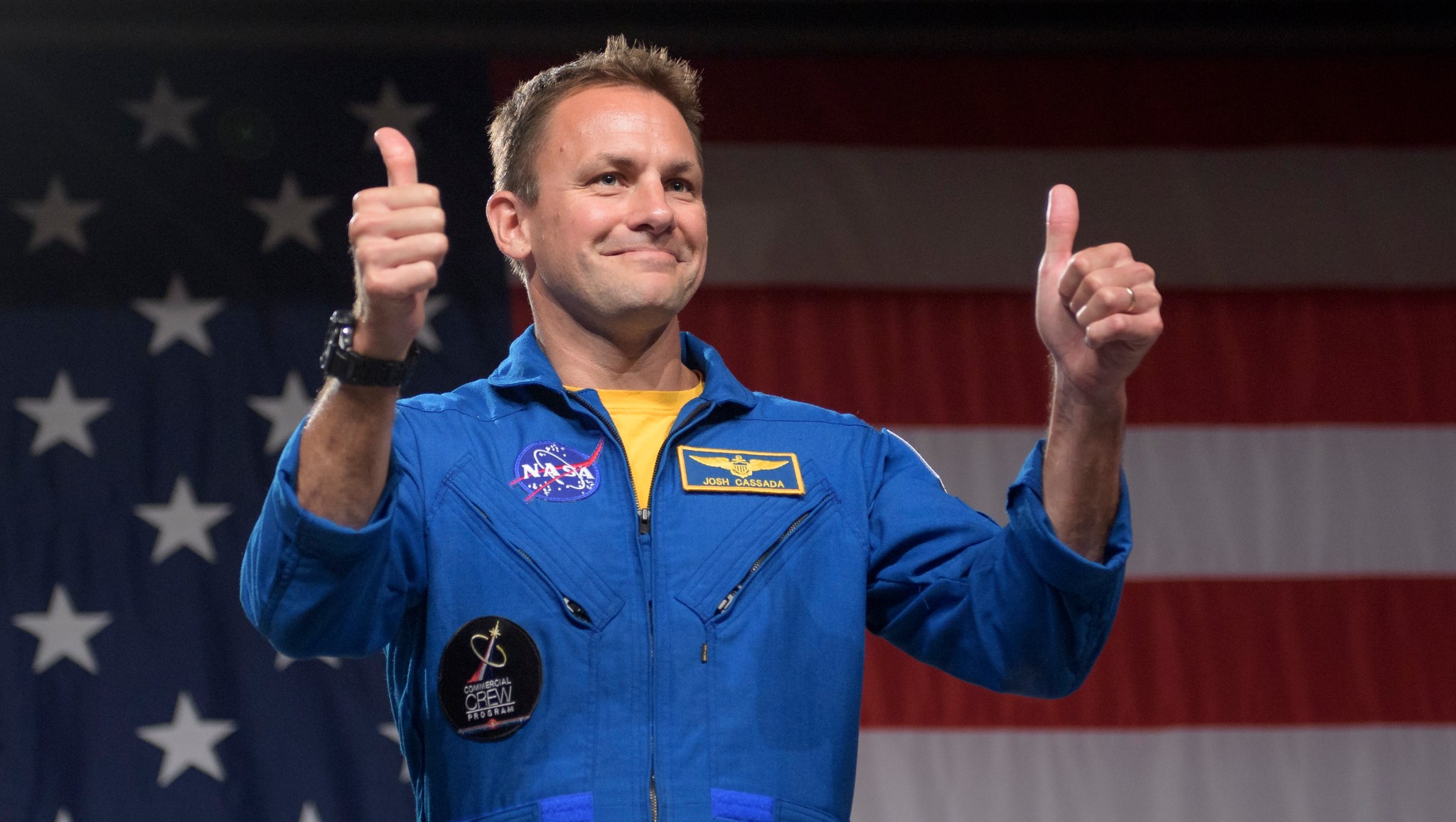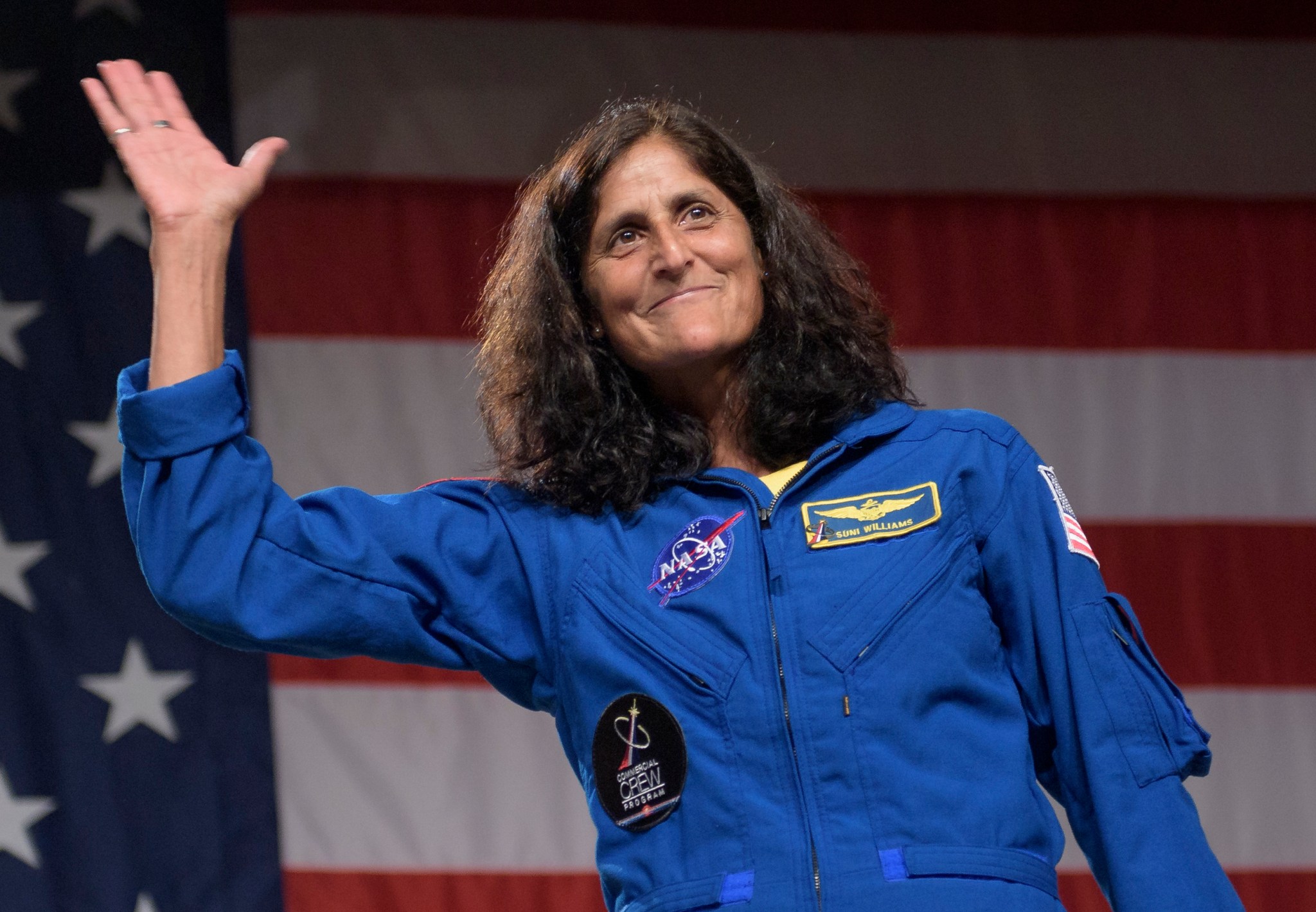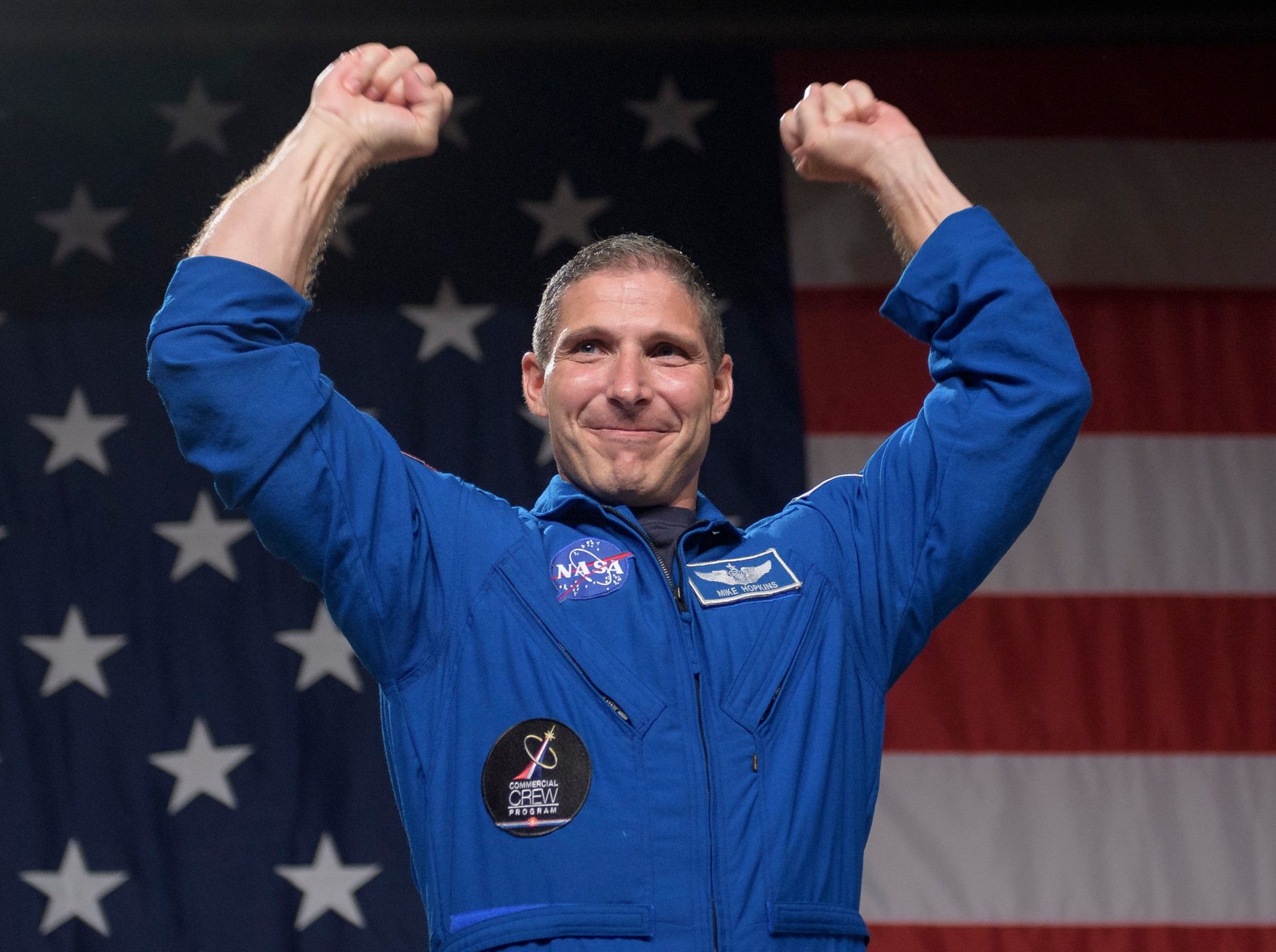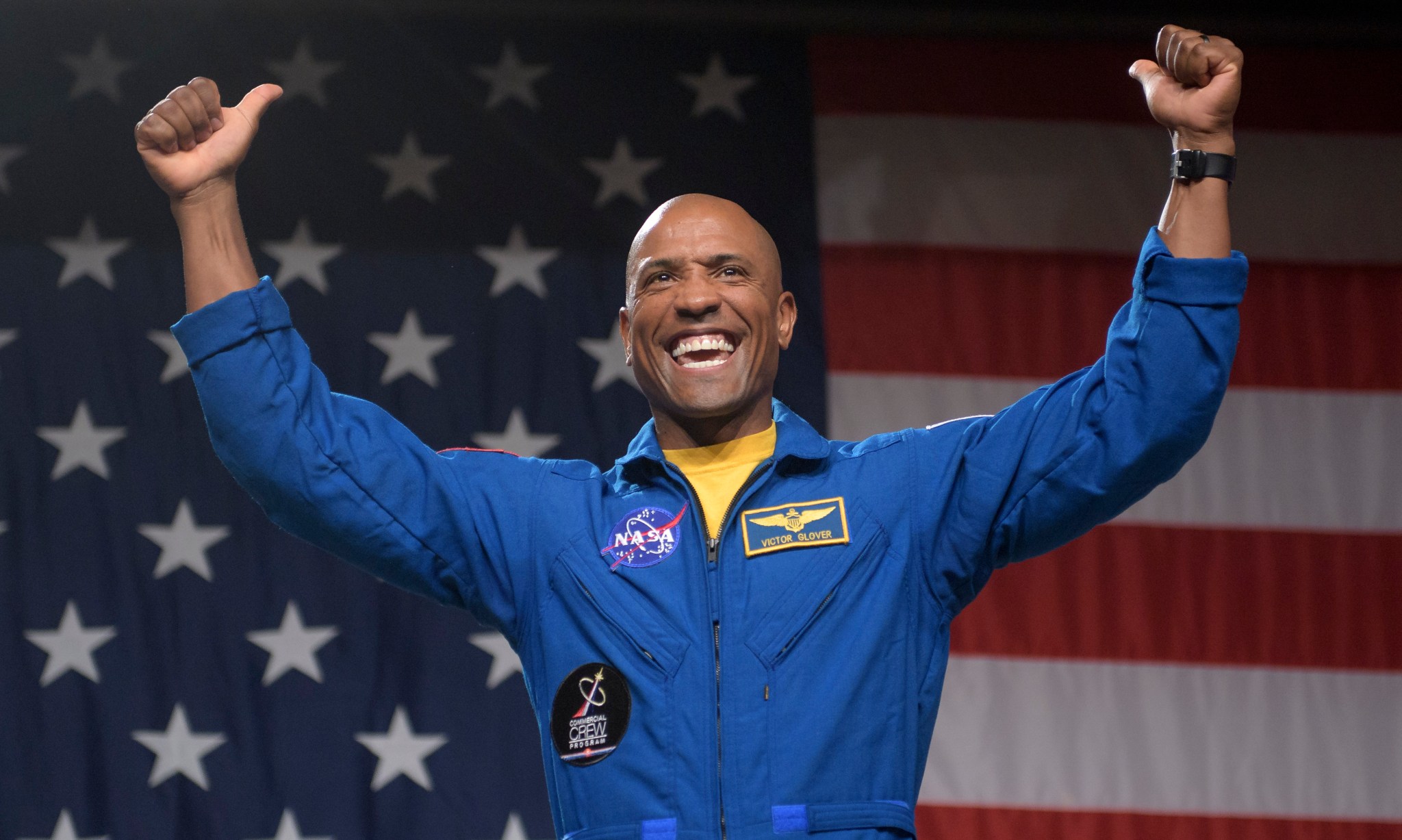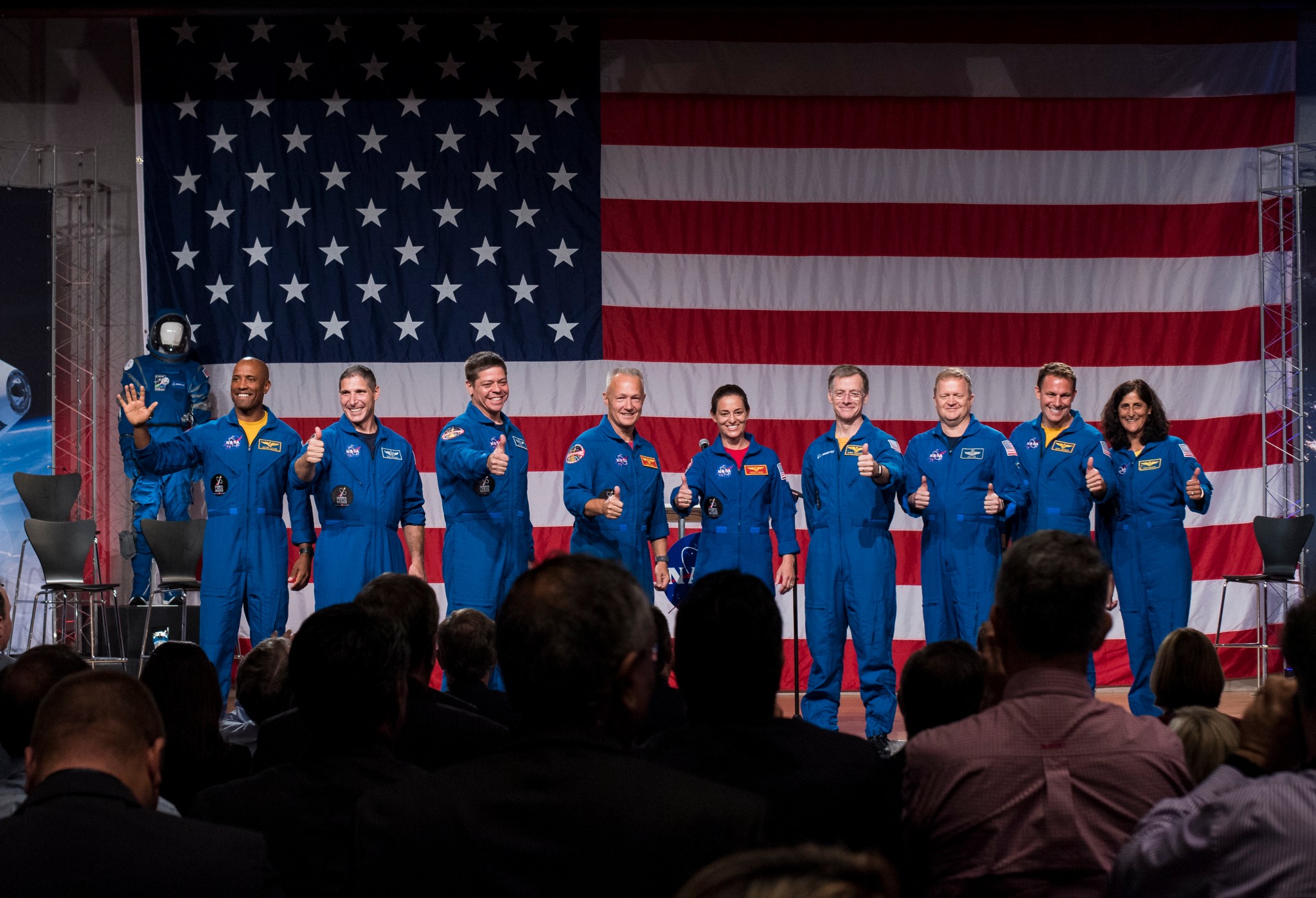
Today, NASA announced the astronauts who will launch aboard new American-made spacecraft and rocket systems, the first human launches from the United States since 2011. Nine U.S. astronauts, eight NASA and one from Boeing, were assigned to the first test flights and operational missions for Boeing’s CST-100 Starliner and SpaceX’s Crew Dragon in partnership with NASA’s Commercial Crew Program.
“Today we are taking a step that advances our great American vision and strengthens America’s leadership in space,” said Jim Bridenstine, NASA Administrator. “These accomplished American astronauts, who will fly on new spacecraft developed by our commercial American partners Boeing and SpaceX, will launch a new era of human spaceflight.”
This public-private partnership marks the beginning of a new era of human spaceflight. NASA has worked closely with Boeing and SpaceX as the companies design, develop, and test their systems to ensure safe, reliable and cost-effective commercial transportation for astronauts to low-Earth orbit. This will be an unprecedented achievement for the commercial space industry, and will allow NASA to focus on deep space exploration with NASA’s Orion spacecraft and Space Launch System, as we return humans to the Moon and on to Mars.
“Together, we’re delivering on the critical task of providing the capability to fly our crews on a U.S. built rocket and spacecraft; from U.S. soil on Florida’s Space Coast; to the International Space Station. NASA, Boeing, and SpaceX have pulled expertise from across the nation, spurring innovation and economic growth, and expanding U.S. leadership in space.”
These astronauts will be the first to fly sleek, 21st Century spacecraft. Boeing’s CST-100 Starliner will launch atop a United Launch Alliance Atlas V rocket from Space Launch Complex 41 at Cape Canaveral Air Force Station in Florida. Just a few miles up the coast, SpaceX’s Crew Dragon will launch atop the company’s Falcon 9 rocket from historic Launch Complex 39A at NASA’s Kennedy Space Center.
“At this moment we have six humans living and working in space about 200 miles above us. These spacecraft will allow us to expand the space station crew,” said Mark Geyer, Director of NASA’s Johnson Space Center. “This is just the beginning of enduring missions that this country is embarking upon.”
Five of the astronauts will join seven revered astronauts who were the first to fly new U.S. spacecraft with NASA’s Mercury, Gemini, Apollo and space shuttle programs.
The first astronauts who will launch on Boeing’s Starliner are NASA’s Eric Boe, Boeing’s Chris Ferguson and NASA’s Nicole Mann.
Boe worked side-by-side with Boeing and SpaceX throughout the last three years, as part of the commercial crew cadre of astronauts.
“Watching the small, incremental changes come together to make revolutionary change is just an amazing thing,” said Boe. “Spaceflight is about people, and these last few years I’ve been watching the people and the teams come together, and now we’re getting close to spaceflight and I’m looking forward to the journey.”
Ferguson, the commander of STS-135, has been an integral part of Boeing’s CST-100 Starliner program.
“What we really see now is a much greater emphasis on safety,” said Ferguson. “We’re returning to a full capability ascent abort system to keep astronauts safe all the way through the profile, and that’s something that the shuttle didn’t have.”
Mann is honored to join the ranks of the revered seven astronauts who flew on new U.S. spacecraft. She also is the first woman to be part of the first flight of a U.S. spacecraft.
“It’s absolutely an opportunity of a lifetime. To be involved in the test and development and to be there on launch day, and to experience the results of all that hard work, it’s going to be a proud moment for the team and for America,” said Mann. “As a test pilot, it doesn’t get any better than this.”
The first astronauts who will launch on SpaceX’s Crew Dragon are NASA’s Bob Behnken and Doug Hurley. Behnken last flew on the space shuttle, which was designed in the 1970s.
“The space shuttle was extremely capable, and it’s super hard to duplicate that in such a short period of time,” said Behnken. “The shuttle had decades to mature to where it was when we had our chances to fly it. There were about 3,000 switches inside. We’re grateful that the next vehicle that we’re going to fly on is going to be a little bit more automated and have quite a bit less switches.”
Hurley, a veteran of two spaceflights, was a fighter pilot and test pilot in the U.S. Marine Corps.
“The first flight is something you dream about as a test pilot, and you don’t think it’s ever going to happen to you,” said Hurley. “Bob and I are extremely excited to put Crew Dragon through its paces in space and get to the International Space Station again.”
After successful test flights with crew of both spacecraft, NASA will begin the process of certifying the spacecraft and rocket systems for regular crew missions to the space station. The agency has contracted six missions with up to four astronauts per mission for each company.
The NASA astronauts assigned to Boeing’s first operational mission are Josh Cassada and veteran Suni Williams. Cassada will fly his first mission aboard Boeing’s Starliner.
“A few of us had a chance to fly up to Alabama and meet some of the most talented, hardworking men and women at ULA who are building our rocket, and I’ll tell you, we are in great hands,” said Cassada. “When Americans are working together and respecting and cherishing our individual differences, that’s when Americans do the impossible. I am so honored to be a part of that.”
After her flight aboard the Starliner, Williams will have flown on three spacecraft, the shuttle, Soyuz and now the Starliner. Her mission will also be her third long duration mission on space station.
“I’m really excited that we’re actually going to be able to take these spacecraft and show them off to our international partners, and have them ride with us to the International Space Station,” said Williams. “That’s going to help all of us understand a little bit more about how we live and work in space.”
The NASA astronauts assigned to SpaceX’s first operational mission are veterans Mike Hopkins and Victor Glover. Hopkins made his first trip to the International Space Station in 2013. His mission with SpaceX will be his second long-duration mission, where he will conduct research and demonstrate technology.
“Commercial transportation to and from the space station is going to enable us to maximize the benefit of that orbiting laboratory,” said Hopkins. “In addition to not only taking the human resource—the astronauts—to the space station, it’s also going to enable us to take science experiments up and bring some of the critical research home.”
Glover will lift off on his first mission to station from NASA’s historic launch complex 39A, where astronauts launched to the moon.
“To have the opportunity to work with these great companies on something that is so important to our nation and to NASA, this is the stuff of dreams,” said Glover. “I’m just excited to get to work making it a reality.”
Additional crew members will be assigned by NASA’s international partners at a later date.
This new era of human spaceflight begins with launches of spacecraft from U.S. companies Boeing and SpaceX. Regular operation of these spacecraft will be an unprecedented achievement for the commercial space industry.
“All of us are here today because we stand for something new and profound, built upon an amazing legacy, and it is personal for all of us,” said LeeAnn Caret, Chief Executive Officer of Boeing Defense, Space and Security. “Today we start a new chapter, and we’re so thrilled to be on this journey.”
Both companies bring unique approaches and ideas to the development and testing of their systems, which is why NASA selected both companies in September 2014.
“The 7,000 women and men of SpaceX understand what a sacred honor this was for us to be part of this program, and for us to fly [NASA astronauts],” said Gwynne Shotwell, Chief Operating Officer of SpaceX. “So thank you very much, we take it seriously, we won’t let you down.”
Commercial transportation to and from the space station will maintain a crew of seven astronauts, maximizing time dedicated to scientific research on the orbiting laboratory. This research is crucial for NASA to understand and overcome the challenges of long-duration spaceflight, which will allow humans to explore farther into space than ever before.
NASA’s continued presence on the space station for nearly 18 years has enabled research in a variety of physical and life sciences leading to dramatic improvements in technology, infrastructure, medicine, and thousands of spinoff technologies that have improved quality of life. The return of human spaceflight from the United States will stimulate growth in a robust commercial space industry and spark life-changing innovations for future generations.
















